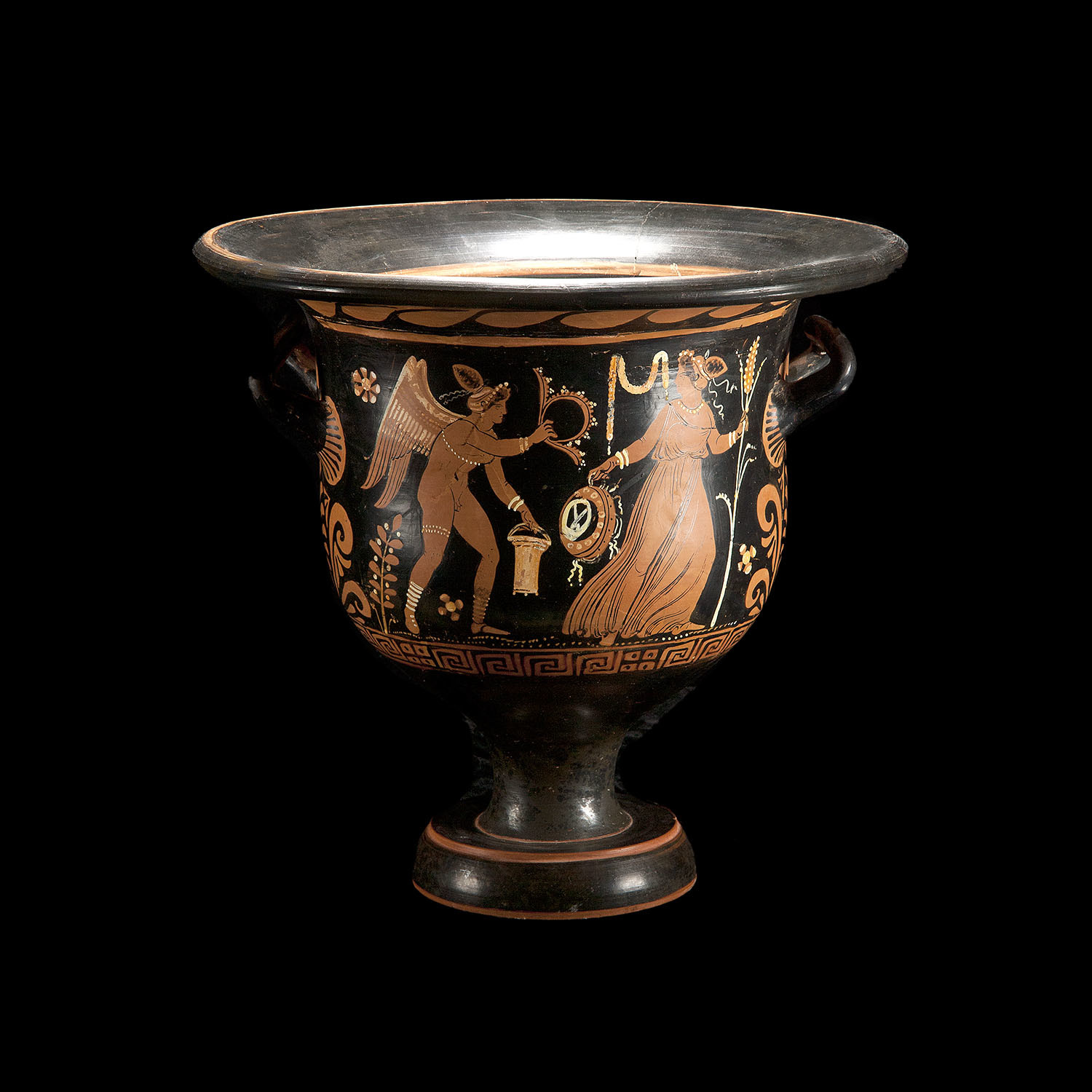Given that scripture has two, contradictory genealogies for Jesus, it's clear that scriptural genealogies are not specific and complete lists of ancestors.
No. It is part of God's eternal nature to be truthful.
But they do. Different people in each one.
Creationists and evolutionists share the same data.
No. Creationist only cite data they think support their new doctrines. They ignore the rest. This is the difference between creationism and science.
We study the same fossils, trees, and stars. We observe the same world, but we reach different conclusions because we have different starting points.
Not all creationists. Some honestly admit the facts, merely preferring their understanding of the Bible to the facts:
Evidences for Darwin’s second expectation — of stratomorphic intermediate species — include such species as Baragwanathia27 (between rhyniophytes and lycopods), Pikaia28 (between echinoderms and chordates), Purgatorius29 (between the tree shrews and the primates), and Proconsul30 (between the non-hominoid primates and the hominoids). Darwin’s third expectation — of higher-taxon stratomorphic intermediates — has been
confirmed by such examples as the mammal-like reptile groups31 between the reptiles and the mammals, and the
phenacodontids32 between the horses and their presumed ancestors. Darwin’s fourth expectation — of stratomorphic series — has been confirmed by such examples as the early bird series,33 the tetrapod series,34,35 the whale series,36 the various mammal series of the Cenozoic37 (for example, the horse series, the camel series, the elephant series, the pig series, the titanothere series, etc.), the Cantius and Plesiadapus primate series,38 and the hominid series.39 Evidence for not just one but for all three of the species level and above types of stratomorphic intermediates expected by macroevolutionary theory is surely strong evidence for macroevolutionary theory. Creationists therefore need to accept this fact. It certainly CANNOT be said that traditional creation theory expected (predicted) any of these fossil finds.
YE creationist Dr. Kurt Wise, Toward a Creationist Understanding of Transitional Forms
Observational science deals with testing and verifying ideas in the present. Chemistry experiments in a laboratory and the ongoing study of a medicine’s effectiveness in treating a particular disease are examples of observational science.
The change in allele frequencies in a population over time, and the evolution of new traits and species that we observe is observational science. Evolution, including macroevolutionary change, is directly observed around us.
Huxley, over 150 years ago, cited bone structure of birds and crocodiles and predicted transitional forms between birds and other dinosaurs. Later observational science verified his predictions. When the function of DNA was understood, scientists predicted that genes would show common descent of various taxa in various ways. Later, observational science in labs confirmed those predictions.
Not all science is the same, and how you view the evidence is shaped by your worldview.
For some people. But scientist work in a different way. Darwin, for example, began by assuming that species were fixed and did not change. Only after he found overwhelming evidence that they did change, did he accept the fact of evolution.




